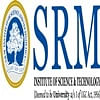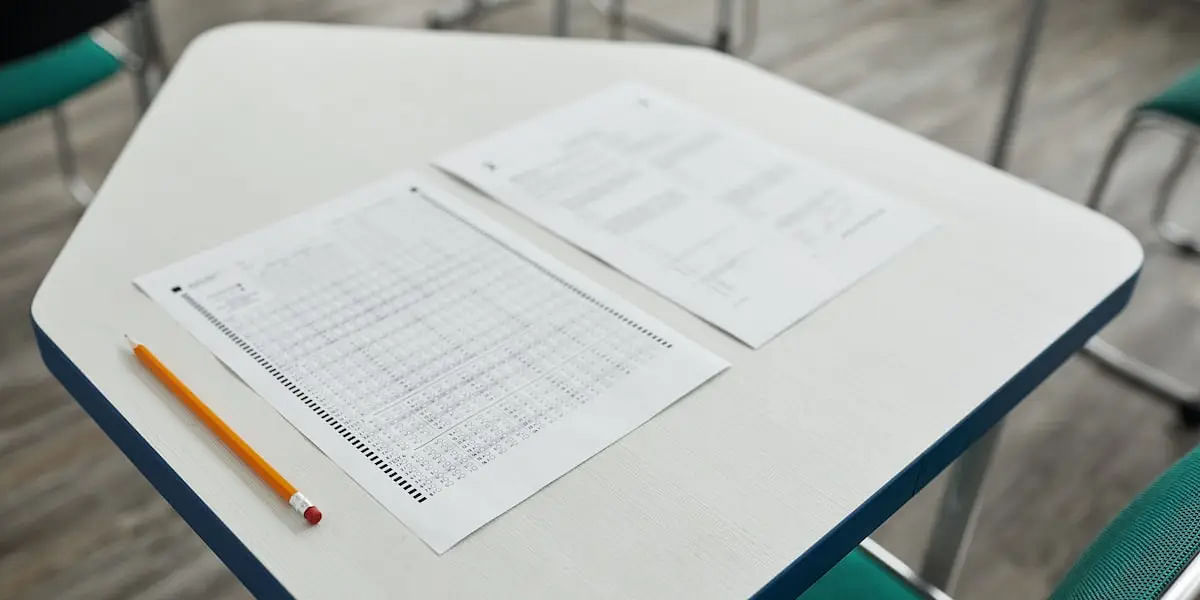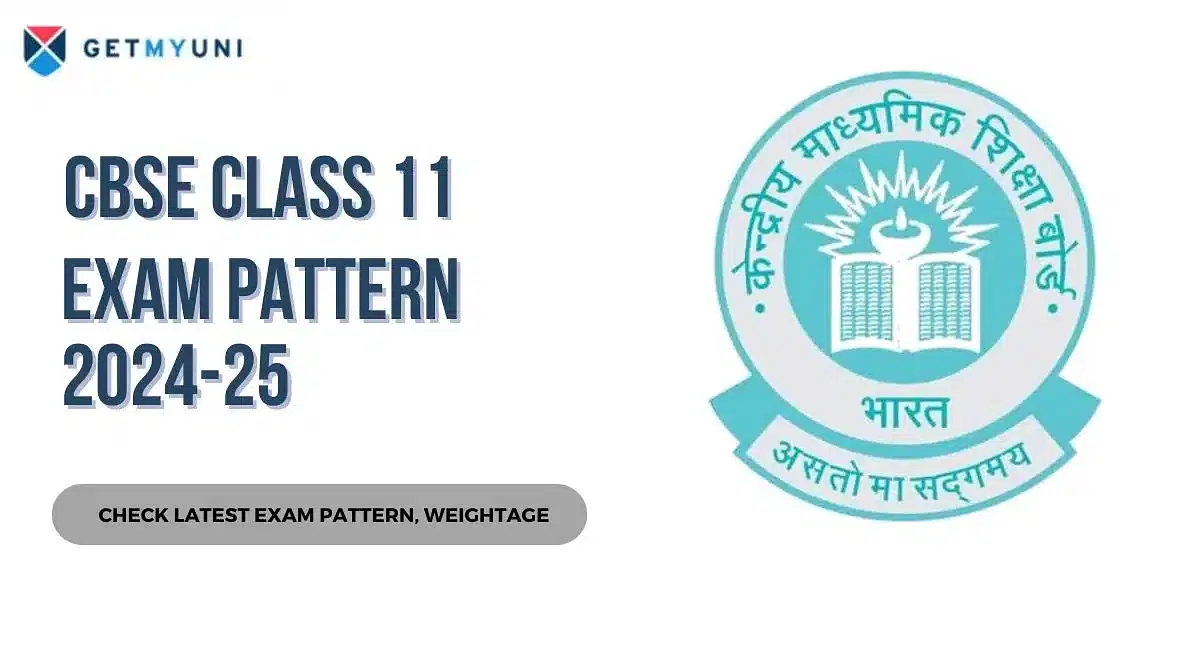CBSE Class 12th Physics syllabus 2024-25 can be downloaded from cbse.gov.in. Students can refer to the curriculum for vital topics and mark allocation.
CBSE Class 12th Physics Syllabus PDF 2024-25 can be availed by the students at the official website. The syllabus incorporates topics such as electricity, magnetism, electromagnetic waves and more. The CBSE board conducts the CBSE 12th board exams for 100 marks, of which 80 is assigned to theory and 20 to practical papers.
Understanding the structure and content of the syllabus will aid in effective planning and targeted study sessions. By grasping the syllabus thoroughly, students can prioritize topics and allocate time efficiently, thereby enhancing their preparation for the examinations. Moreover, students must strive to score 33% marks to pass the CBSE Class 12 Exam 2024.
CBSE Class 12th Physics Syllabus PDF 2024-25
Students in class 12 should have a thorough understanding of the CBSE class 12th Physics syllabus to understand the physics paper pattern and marking method well. Each topic in the curriculum has both a theoretical and a numerical component. The CBSE class 12th syllabus for Physics PDF is given below, and students can download the same.
| Particulars | PDF Link |
| CBSE Class 12th Physics Syllabus PDF 2024-25 | Download Now |
Also Read: CBSE 12th Syllabus
Chapter-Wise CBSE Class 12th Physics Syllabus 2024-25
Below are the details of the CBSE class 12th Physics Syllabus with several periods included to prepare for the class 12th board exams.
| SI. No. | Chapter Name | No. of Periods | Marks |
| Unit–I | Electrostatics | 26 | 16 |
| Chapter 1: Electric Charges and Fields | |||
| Chapter 2: Electrostatic Potential and Capacitance | |||
| Unit-II | Current Electricity | 18 | |
| Chapter 3: Current Electricity | |||
| Unit–III | Magnetic Effects of Current and Magnetism | 25 | 17 |
| Chapter 4: Moving Charges and Magnetism | |||
| Chapter 5: Magnetism and Matter | |||
| Unit–IV | Electromagnetic Induction and Alternating Currents | 24 | |
| Chapter 6: Electromagnetic Induction | |||
| Chapter 7: Alternating Current | |||
| Unit–V | Electromagnetic Waves | 04 | 18 |
| Chapter 8: Electromagnetic Waves | |||
| Unit–VI | Optics | 30 | |
| Chapter 9: Ray Optics and Optical Instruments | |||
| Chapter 10: Wave Optics | |||
| Unit–VII | Dual Nature of Radiation and Matter | 08 | 12 |
| Chapter 11: Dual Nature of Radiation and Matter | |||
| Unit–VIII | Atoms and Nuclei | 15 | |
| Chapter 12: Atoms | |||
| Chapter 13: Nuclei | |||
| Unit–IX | Electronic Devices | 10 | 7 |
| Chapter 14: Semiconductor Electronics: Materials, Devices and Simple Circuits | |||
| Total | 160 | 70 | |
Also Read: CBSE Class 12 Physics Deleted Syllabus 2024-25
CBSE Class 12th Physics Detailed Syllabus 2024-25
CBSE class 12 syllabus covers topics from various areas such as electrostatics, current electricity, magnetic effects of current and magnetism, and more. The detailed CBSE Class 12th Physics syllabus is as follows:
| Chapters | Topics |
| Unit I: Electrostatics (26 Periods) | |
| Chapter–1: Electric Charges and Fields | Electric charges, Conservation of charge, Coulomb's law-force between two- point charges, forces between multiple charges; superposition principle and continuous charge distribution. |
| Electric field, electric field due to a point charge, electric field lines, electric dipole, electric field due to a dipole, torque on a dipole in uniform electric field. | |
| Electric flux, statement of Gauss's theorem and its applications to find field due to infinitely long straight wire, uniformly charged infinite plane sheet and uniformly charged thin spherical shell (field inside and outside). | |
| Chapter–2: Electrostatic Potential and Capacitance | Electric potential, potential difference, electric potential due to a point charge, a dipole and system of charges; equipotential surfaces, electrical potential energy of a system of two-point charges and of electric dipole in an electrostatic field. |
| Conductors and insulators, free charges and bound charges inside a conductor. Dielectrics and electric polarization, capacitors and capacitance, combination of capacitors in series and in parallel, capacitance of a parallel plate capacitor with and without dielectric medium between the plates, energy stored in a capacitor (no derivation, formulae only). | |
| Unit II: Current Electricity (18 Periods) | |
| Chapter–3: Current Electricity | Electric current, flow of electric charges in a metallic conductor, drift velocity, mobility and their relation with electric current; Ohm's law, V-I characteristics (linear and non-linear), electrical energy and power, electrical resistivity and conductivity, temperature dependence of resistance, Internal resistance of a cell, potential difference and emf of a cell, combination of cells in series and in parallel, Kirchhoff's rules, Wheatstone bridge. |
| Unit III: Magnetic Effects of Current and Magnetism (25 Periods) | |
| Chapter–4: Moving Charges and Magnetism | Concept of magnetic field, Oersted's experiment. |
| Biot - Savart law and its application to current carrying circular loop. | |
| Ampere's law and its applications to infinitely long straight wire. | |
| Straight solenoid (only qualitative treatment), force on a moving charge in uniform magnetic and electric fields. | |
| Force on a current-carrying conductor in a uniform magnetic field, force between two parallel current-carrying conductors-definition of ampere, torque experienced by a current loop in uniform magnetic field; Current loop as a magnetic dipole and its magnetic dipole moment, moving coil galvanometer- its current sensitivity and conversion to ammeter and voltmeter. | |
| Chapter–5: Magnetism and Matter | Bar magnet, bar magnet as an equivalent solenoid (qualitative treatment only), magnetic field intensity due to a magnetic dipole (bar magnet) along its axis and perpendicular to its axis (qualitative treatment only), torque on a magnetic dipole (bar magnet) in a uniform magnetic field (qualitative treatment only), magnetic field lines. |
| Magnetic properties of materials- Para-, dia- and ferro - magnetic substances with examples, Magnetization of materials, effect of temperature on magnetic properties. | |
| Unit IV: Electromagnetic Induction and Alternating Currents (24 Periods) | |
| Chapter–6: Electromagnetic Induction | Electromagnetic induction; Faraday's laws, induced EMF and current; Lenz's Law, Self and mutual induction. |
| Chapter–7: Alternating Current | Alternating currents, peak and RMS value of alternating current/voltage; reactance and impedance; LCR series circuit (phasors only), resonance, power in AC circuits, power factor, wattless current. AC generator, Transformer. Unit V: Electromagnetic waves 04 Periods |
| Chapter–8: Electromagnetic Waves | Basic idea of displacement current, Electromagnetic waves, their characteristics, their transverse nature (qualitative idea only). Electromagnetic spectrum (radio waves, microwaves, infrared, visible, ultraviolet, X-rays, gamma rays) including elementary facts about their uses. |
| Unit VI: Optics (30 Periods) | |
| Chapter–9: Ray Optics and Optical Instruments | Ray Optics: Reflection of light, sperical mirrors, mirror formula, refraction of light, total internal reflection and optical fibers, refraction at spherical surfaces, lenses, thin lens formula, lens maker’s formula, magnification, power of a lens, combination of thin lenses in contact, refraction of light through a prism. |
| Optical instruments: Microscopes and astronomical telescopes (reflecting and refracting) and their magnifying powers. | |
| Chapter–10: Wave Optics | Wave optics: Wave front and Huygen’s principle, reflection and refraction of plane wave at a plane surface using wave fronts. |
| Proof of laws of reflection and refraction using Huygen’s principle. Interference, Young's double slit experiment and expression for fringe width (No derivation final expression only), coherent sources and sustained interference of light, diffraction due to a single slit, width of central maxima (qualitative treatment only). | |
| Unit VII: Dual Nature of Radiation and Matter (08 Periods) | |
| Chapter 11: Dual Nature of Radiation and Matter | Dual nature of radiation, Photoelectric effect, Hertz and Lenard's observations; Einstein's photoelectric equation-particle nature of light. |
| Experimental study of photoelectric effect. | |
| Matter waves-wave nature of particles, de-Broglie relation. | |
| Unit VIII: Atoms and Nuclei (15 Periods) | |
| Chapter 12: Atoms | Alpha-particle scattering experiment; Rutherford's model of atom; Bohr model of hydrogen atom, Expression for radius of nth possible orbit, velocity, and energy of electron in nth orbit, hydrogen line spectra (qualitative treatment only). |
| Chapter 13: Nuclei | Composition and size of nucleus, nuclear force. |
| Mass-energy relation, mass defect; binding energy per nucleon and its variation with mass number; nuclear fission, nuclear fusion. | |
| Unit IX: Electronic Devices (10 Periods) | |
| Chapter–14: Semiconductor Electronics: Materials, Devices, and Simple Circuits | Energy bands in conductors, semiconductors, and insulators (qualitative ideas only) Intrinsic and extrinsic semiconductors - p and n type, p-n junction |
| Semiconductor diode - I-V characteristics in forward and reverse bias, application of junction diode -diode as a rectifier. | |
Also Read: CBSE Class 12 Physics Preparation Tips 2024-25
Practical Evaluation Scheme for CBSE Class 12th Physics
CBSE Class 12th Physics Practicals comprises a total of 30 marks. An in-depth practical evaluation scheme for the same is given below.
| Particulars | Marks |
| Two experiments one from each section (Section A and B) | 7+7 Marks |
| Practical record [experiments and activities] | 5 Marks |
| One activity from any section (Sections A and B) | 3 Marks |
| Investigatory Project | 3 Marks |
| Viva on experiments, activities and project | 5 Marks |
| Total | 30 marks |
Also Read: CBSE Practice Paper Class 12 2024-25
CBSE Class 12th Physics Prescribed Books
Students can refer to the NCERT books followed by the CBSE board and score good marks in their exams. The prescribed books for CBSE class 12th Physics are given below.
- Physics, Class - XII, Part 1 and 2, Published by NCERT
- Lab Manual of Physics, Class - XII, Published by NCERT
Also Read: How to Calculate CBSE Class 12 Score Percentage?
Related Links





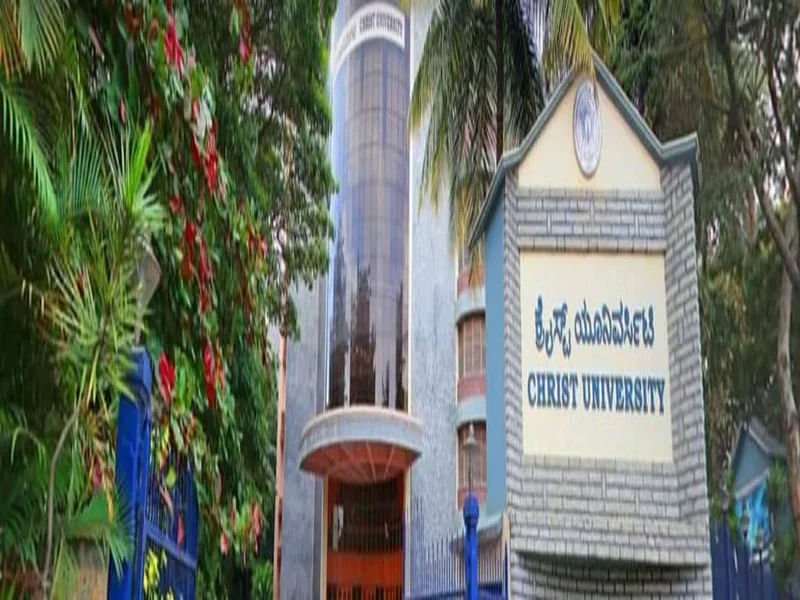
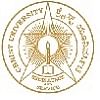
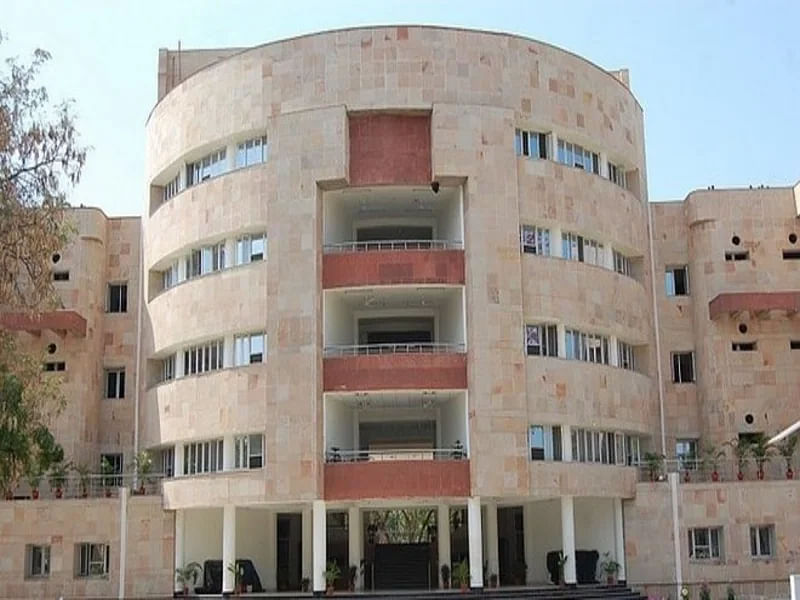
![Motilal Nehru National Institute of Technology, [MNNIT] Allahabad](https://media.getmyuni.com/azure/college-image/small/motilal-nehru-national-institute-of-technology-mnnit-allahabad.webp)



